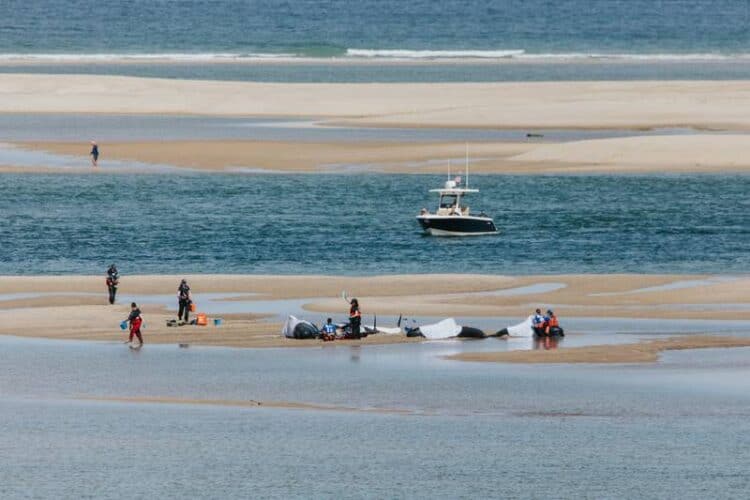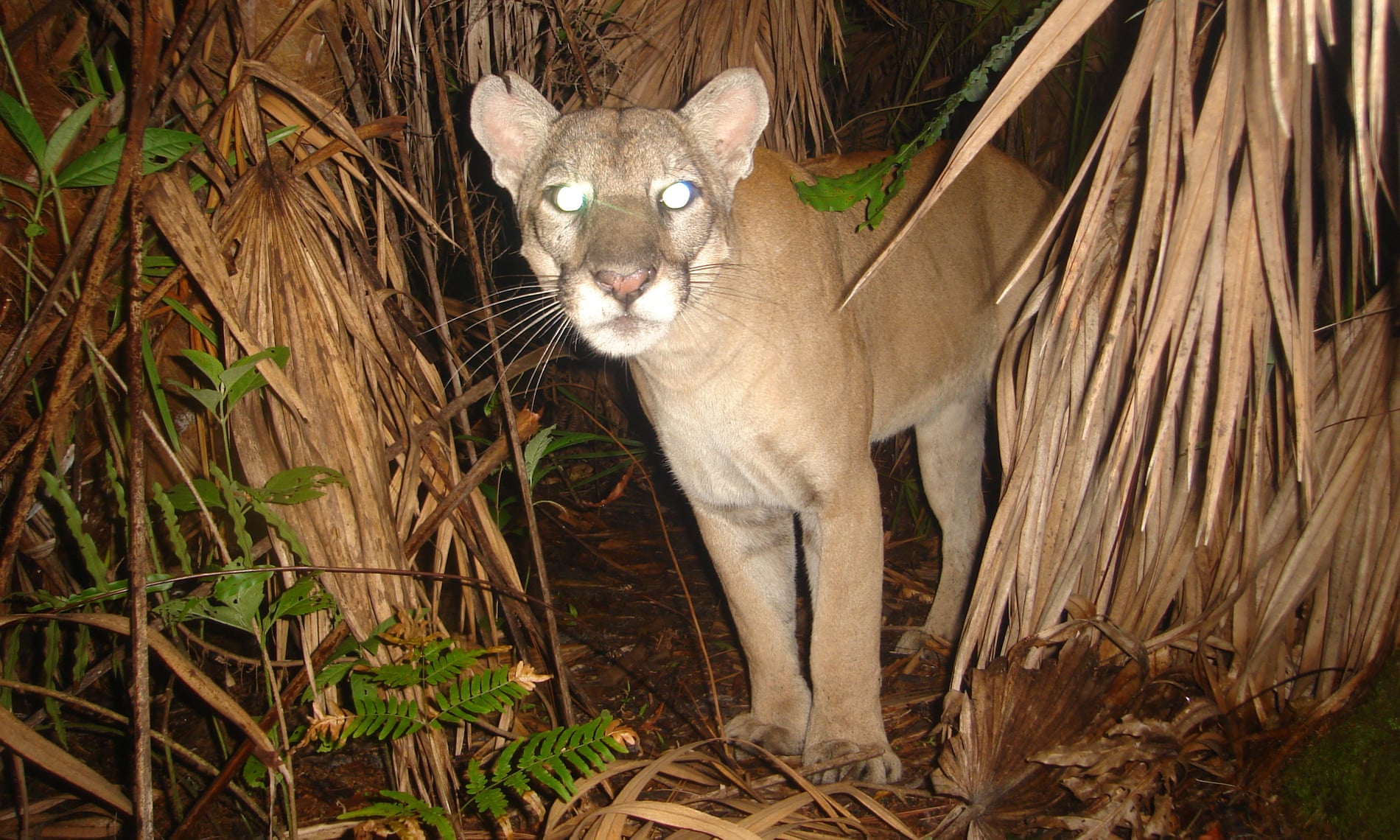In a rural region of Maharashtra, a small Indian civet found itself in a precarious situation. The helpless animal was struggling to escape from a 45-foot-deep well, exhausted by its futile attempts.
Fortunately, the Wildlife SOS and the Forest Department were alerted to the situation and rushed to its aid.
Upon arriving at the scene, the rescue team lowered a cage, securely tied to a rope, down the deep well. With patience and persistence, they managed to coax the frightened animal into the cage, after several attempts.
Once the civet was safely inside, they carefully hoisted the cage out of the well. The small Indian civet was then transported to a more suitable location and released back into its natural habitat.
Dr. Chandan Sawane, Veterinary Officer for Wildlife SOS, conducted a quick on-site assessment to evaluate the civet’s health. Thankfully, the animal was found to be in good condition, with no injuries or lacerations. The civet was then released back into its natural habitat, as the relieved villagers and rescue team members looked on.
Small Indian civets are nocturnal, insectivorous mammals native to South and Southeast Asia. Known for their adaptability, they can often be found in human-modified environments such as agricultural fields, towns, and cities. They play a crucial role in our ecosystem by controlling insect populations and maintaining balance.
There are approximately 8.7 million open wells in India, these are a huge risk for wildlife that can become trapped if they fall inside. Wildlife SOS is working with local communities in Junnar, Maharashtra to prevent and resolve situations such as these.
This article by Josie Fu was first published by OneGreenPlanet on 25 April 2023.
What you can do
Support ‘Fighting for Wildlife’ by donating as little as $1 – It only takes a minute. Thank you.
Fighting for Wildlife supports approved wildlife conservation organizations, which spend at least 80 percent of the money they raise on actual fieldwork, rather than administration and fundraising. When making a donation you can designate for which type of initiative it should be used – wildlife, oceans, forests or climate.







Leave a Reply